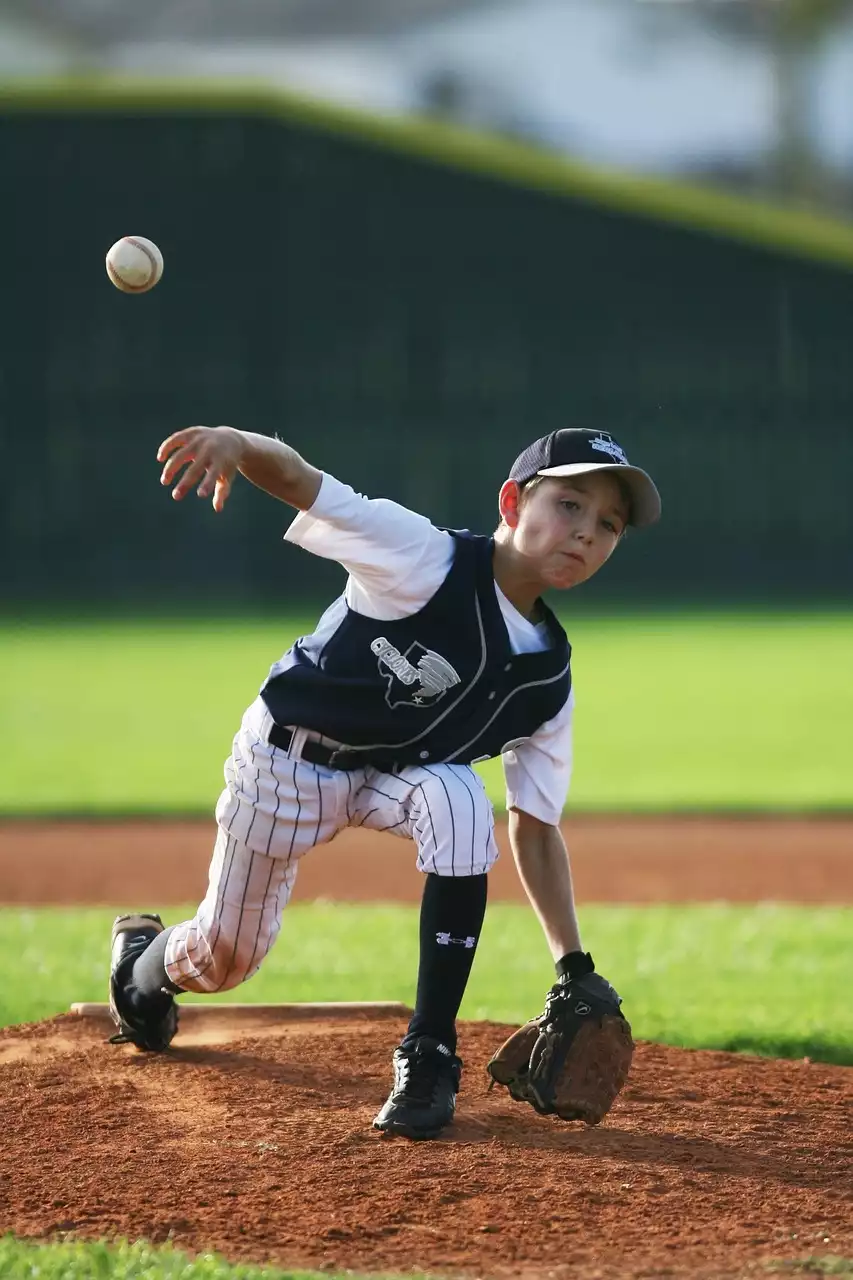Analyzing team strengths and weaknesses
Before a pitcher can develop a successful strategy, he needs to analyze his team and the opposing team. He should be aware of his team's strengths and weaknesses, as well as the strengths and weaknesses of the opposing team. Knowing this information will allow the pitcher to choose a strategy that will maximize his team's chances of success. The pitcher can also look at the individual players on both teams and determine how their respective skills will affect the game.
In addition to analyzing the teams, the pitcher should also look at the specific situation of each game. He should be aware of the score, the inning, and the number of outs. He should also consider the number of runs the team has scored and the number of runs the opposing team has scored. Knowing this information will allow the pitcher to make the best strategic decisions.
Analyzing the opposing team
The pitcher should also take the time to analyze the opposing team. He should be aware of the type of pitching that the opposing team uses and how successful they have been in the past. He should also understand the tendencies of the opposing team's hitters and how they approach certain situations. Knowing this information will help the pitcher to effectively plan his strategy.
The pitcher should also be aware of the type of defense that the opposing team employs. He should know how the opposing team sets up their infield and outfield and how they position their players in certain situations. Knowing this information will allow the pitcher to plan his strategy accordingly.
Understanding the pitcher-hitter matchup
The pitcher-hitter matchup is one of the most important aspects of the game. The pitcher must be aware of the strengths and weaknesses of the opposing hitter and use this information to his advantage. He should understand the hitter's approach and how he will respond to certain pitches. Knowing this information will help the pitcher to effectively plan his strategy.
The pitcher should also take the time to analyze the pitcher-hitter matchup. He should be aware of the type of pitches that the hitter is likely to swing at and the type of pitches that he is likely to take. Knowing this information will allow the pitcher to plan his strategy accordingly.
Pitching strategies to consider
Once the pitcher has analyzed his team, the opposing team, and the pitcher-hitter matchup, he should consider the different pitching strategies that he can use. He should be aware of the different types of pitches and how to use them to his advantage. He should also be aware of the different types of locations and how to use them to his advantage. Knowing this information will allow the pitcher to effectively plan his strategy.
The pitcher should also consider the types of counts that he should use. He should be aware of the types of pitches that he should throw in certain counts and how to use them to his advantage. Knowing this information will help the pitcher to effectively plan his strategy.
Tactics to outwit and outlast opponents
In addition to understanding the different types of pitches and locations, the pitcher should also consider the tactics that he can use to outwit and outlast his opponents. He should be aware of the different ways that he can deceive the hitter and how to use them to his advantage. He should also know how to use the count to his advantage and how to use the fielders to his advantage. Knowing this information will help the pitcher to effectively plan his strategy.
The pitcher should also consider the different types of strategies that he can use to outsmart the opposing team. He should be aware of the different types of strategies that he can use to gain an edge on the opposing team. Knowing this information will allow the pitcher to effectively plan his strategy.
Hone your pitching skills
In order to become an effective pitcher, the pitcher must hone his skills. He should take the time to practice and refine his pitching techniques. He should also practice the different types of pitches and locations and how to use them to his advantage. Knowing this information will allow the pitcher to effectively plan his strategy.
The pitcher should also take the time to develop his mental game. He should understand the psychology of the game and how to use it to his advantage. Knowing this information will help the pitcher to effectively plan his strategy.
Utilizing a strategic approach to pitching
The pitcher should also consider the strategic approach that he can use to outwit and outlast his opponents. He should be aware of the different types of strategies that he can use to gain an edge on the opposing team. He should also understand the psychology of the game and how to use it to his advantage. Knowing this information will allow the pitcher to effectively plan his strategy.
The pitcher should also consider the different types of situations that he can use to his advantage. He should be aware of the different types of plays that he can use to gain an edge on the opposing team. He should also understand the different types of defensive strategies that he can use to his advantage.
Developing a pitching strategy
Once the pitcher has considered all of these factors, he can develop a pitching strategy. He should be aware of the different types of pitches and locations that he can use to his advantage. He should also understand the different types of strategies that he can use to gain an edge on the opposing team. Knowing this information will allow the pitcher to effectively plan his strategy.
The pitcher should also be aware of the different types of counts that he should use. He should understand the different types of pitches that he should throw in certain counts and how to use them to his advantage. Knowing this information will help the pitcher to effectively plan his strategy.









